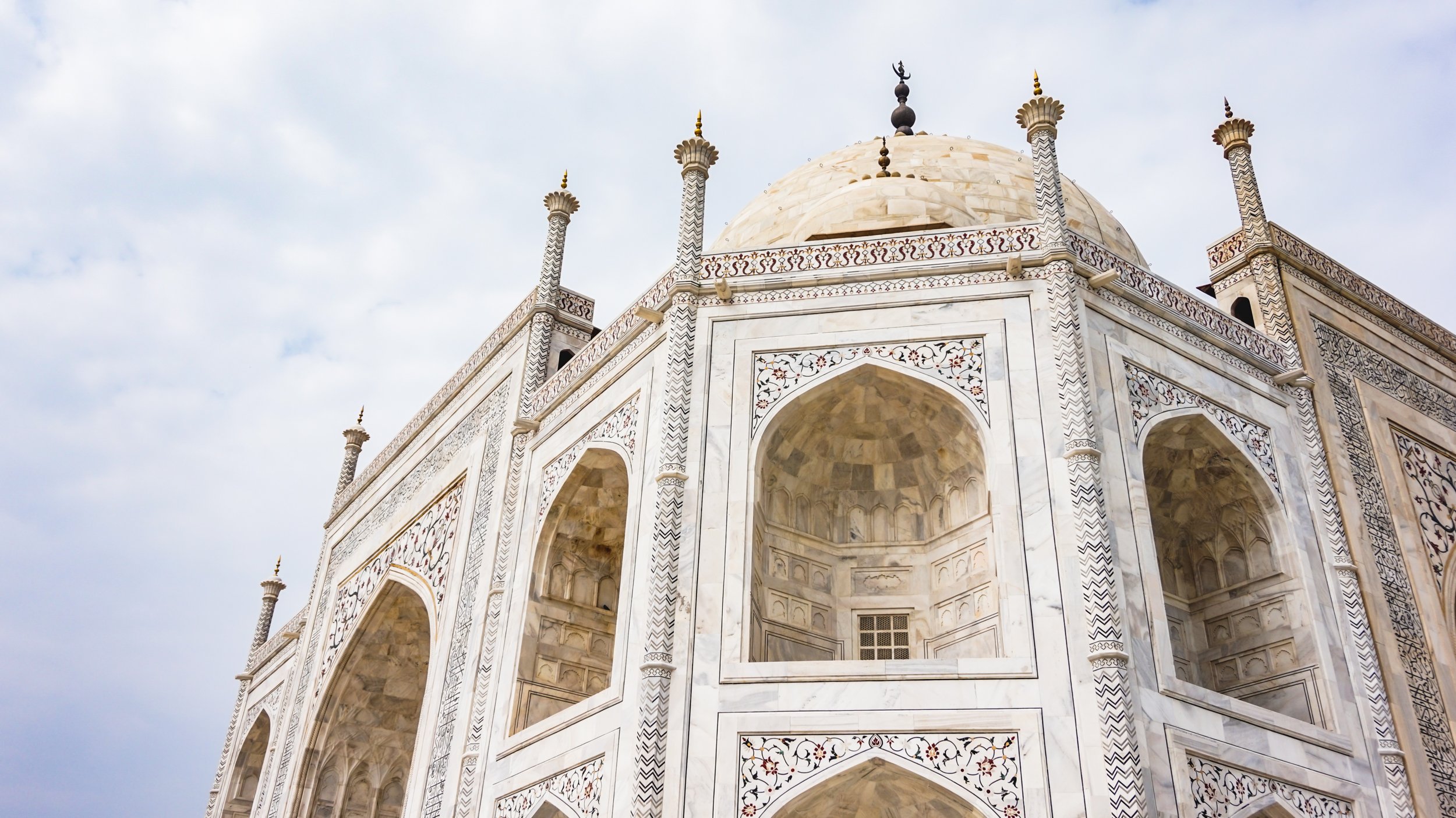
Business trips in the company I work in is not a glamorous thing. We go overseas but never get the chance to see the country. Either we are stuck inside the hotel - in meetings or at the site - discussing project progress and completion. But when luck is on my side, I get to see some local places and sometimes good graces will give me a better opportunity like visiting the UNESCO World Heritage Site, Taj Mahal at Agra, India.
It was a privilege from the project that we are doing, designing Taj Hotel that is inspired by Taj Mahal.
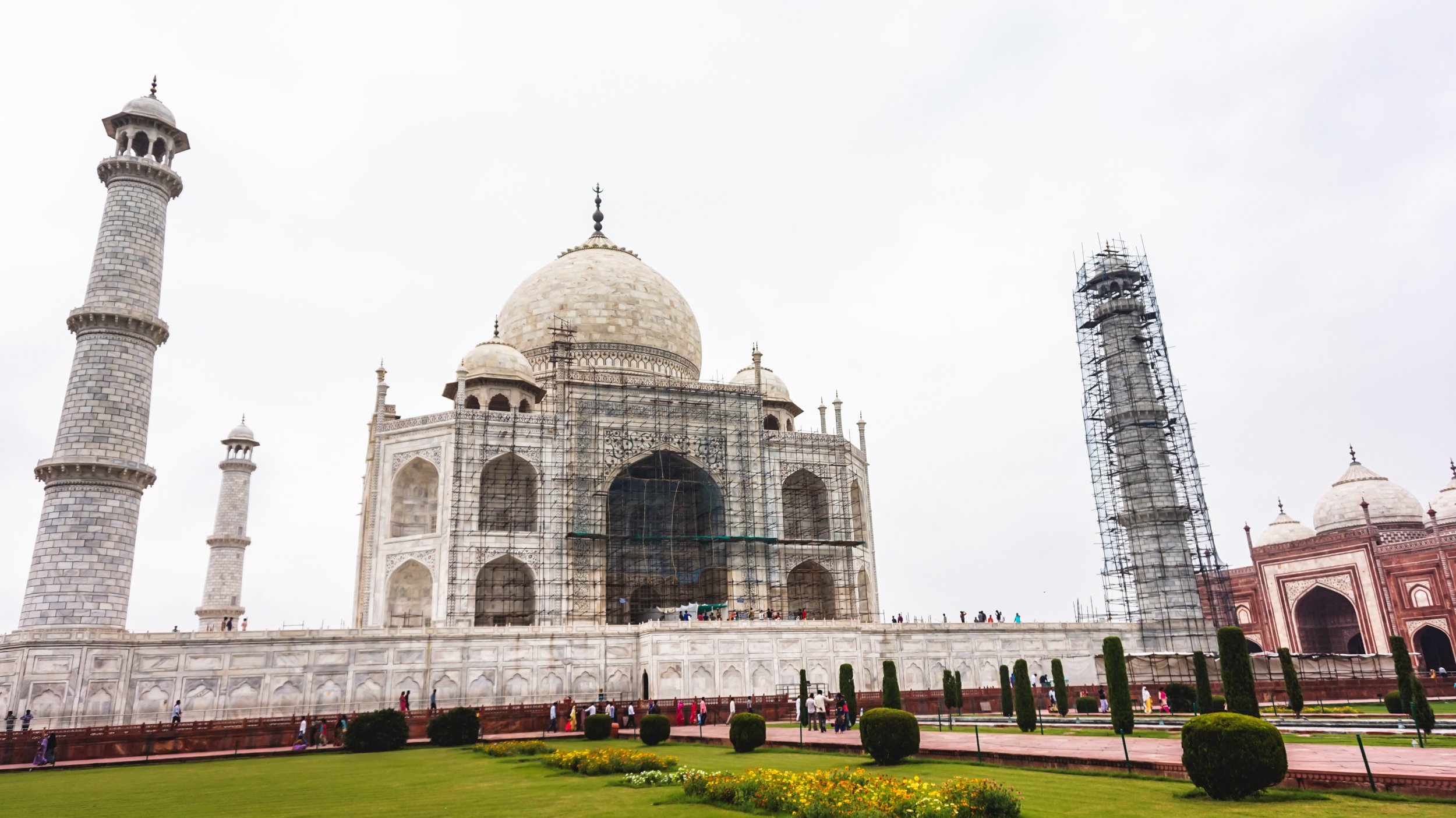
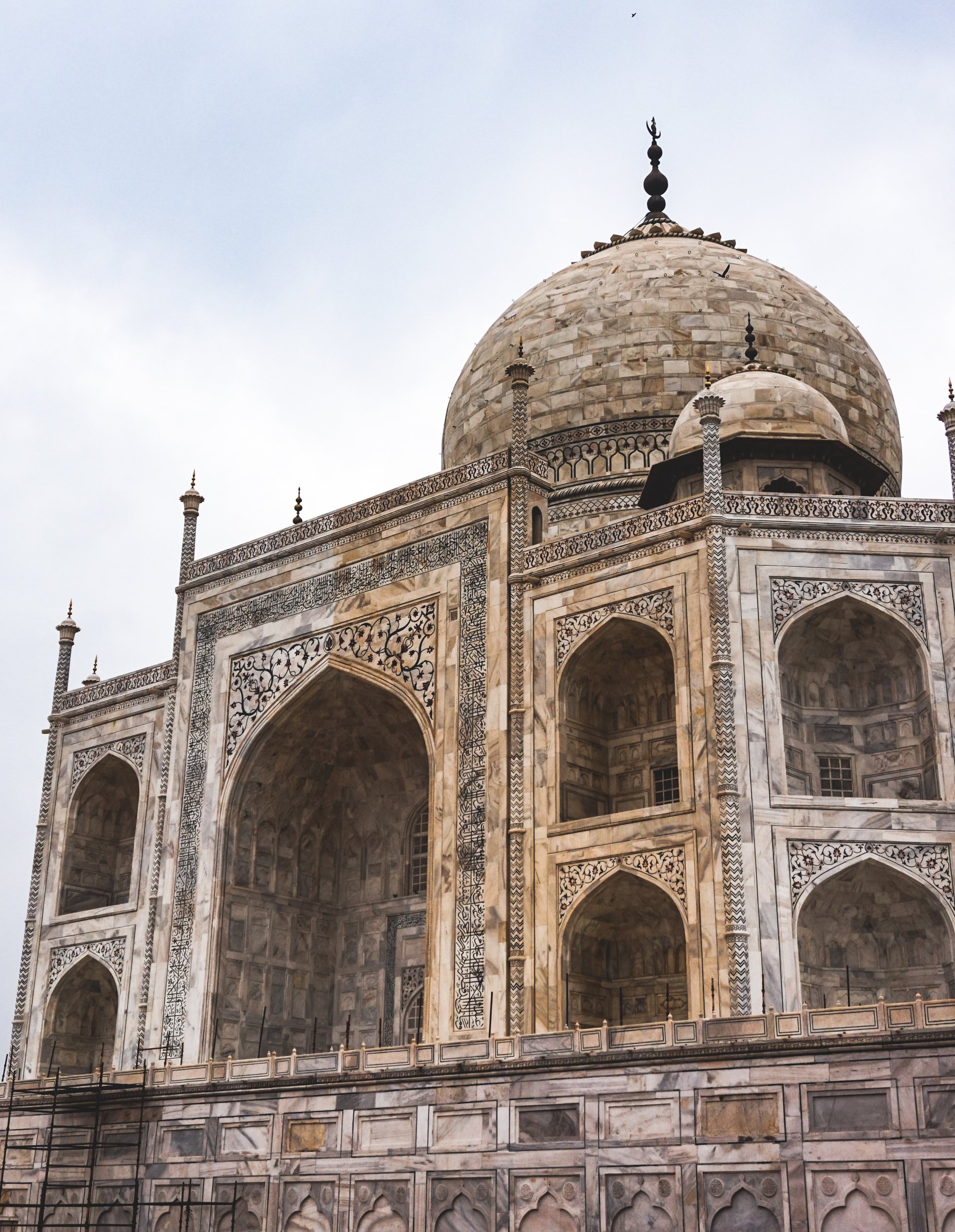
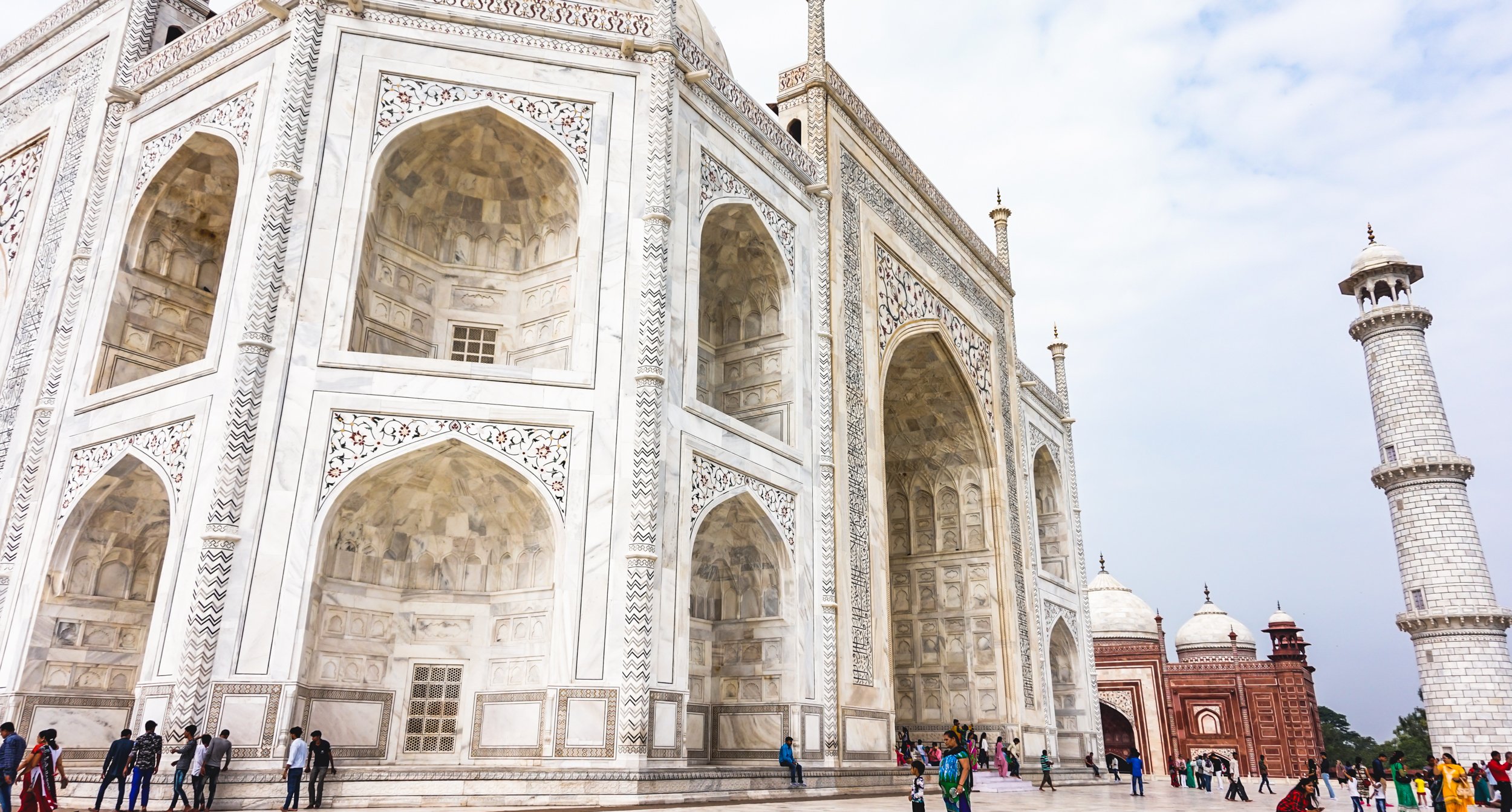
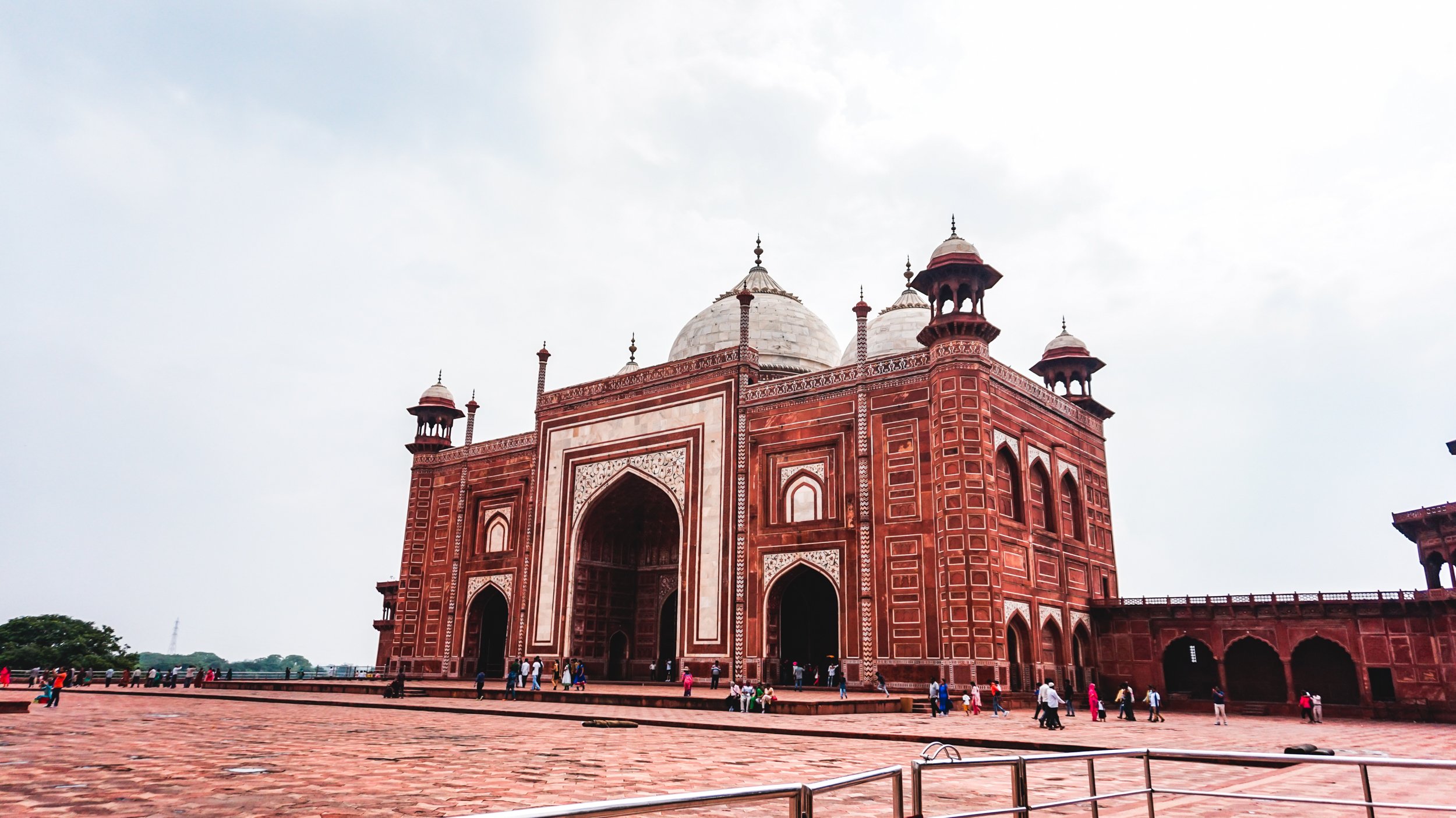
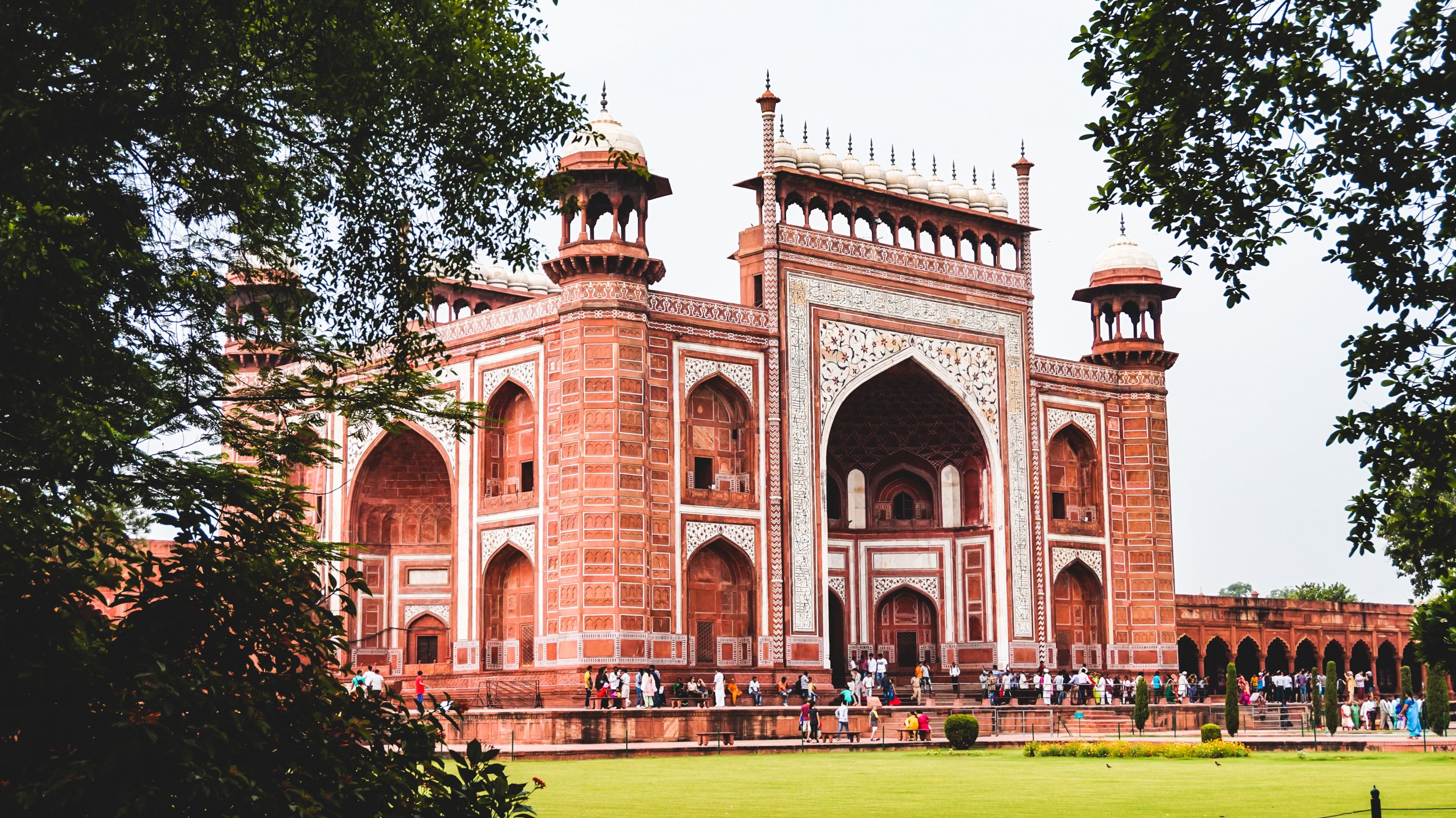
To be inspired by it means we have to understand the history of the iconic architecture. It was built by the Mughal Empire that once ruled and lived in India. It was commissioned by the great 5th Emperor Shah Jahan, son of Emperor Jahangir and grandson of Emperor Akbar.
The reign of Emperor Akbar was the peak of the Mughal period. He leads the great patronage of culture and arts aside from the rise of the economy and military prowess.
Shah Jahan followed in the footsteps of his grandfather and built the Taj Mahal for his late second wife, Mumtaz Mahal. Their love story has a lot of different romanticized versions however one stands true: the great love of Emperor Shah Jahan for his second wife which became the greatest grief he can ever bear and at the end, he built and dedicated the iconic mausoleum for her.
Through all its magnificence, heavy Persian influence is present in the architecture. It was because Mughal Empire had Rajput and Persian ancestry.
Persian architecture was famous for its symmetrical gardens and intricate patterns. This, in turn, is seen throughout Taj Mahal with a mix of the earlier Mughal architecture. However, unlike many of its predecessor, Taj Mahal was not constructed in the typical red sandstone but otherwise used elegant white marble and stunning precious stones to decorate the place.
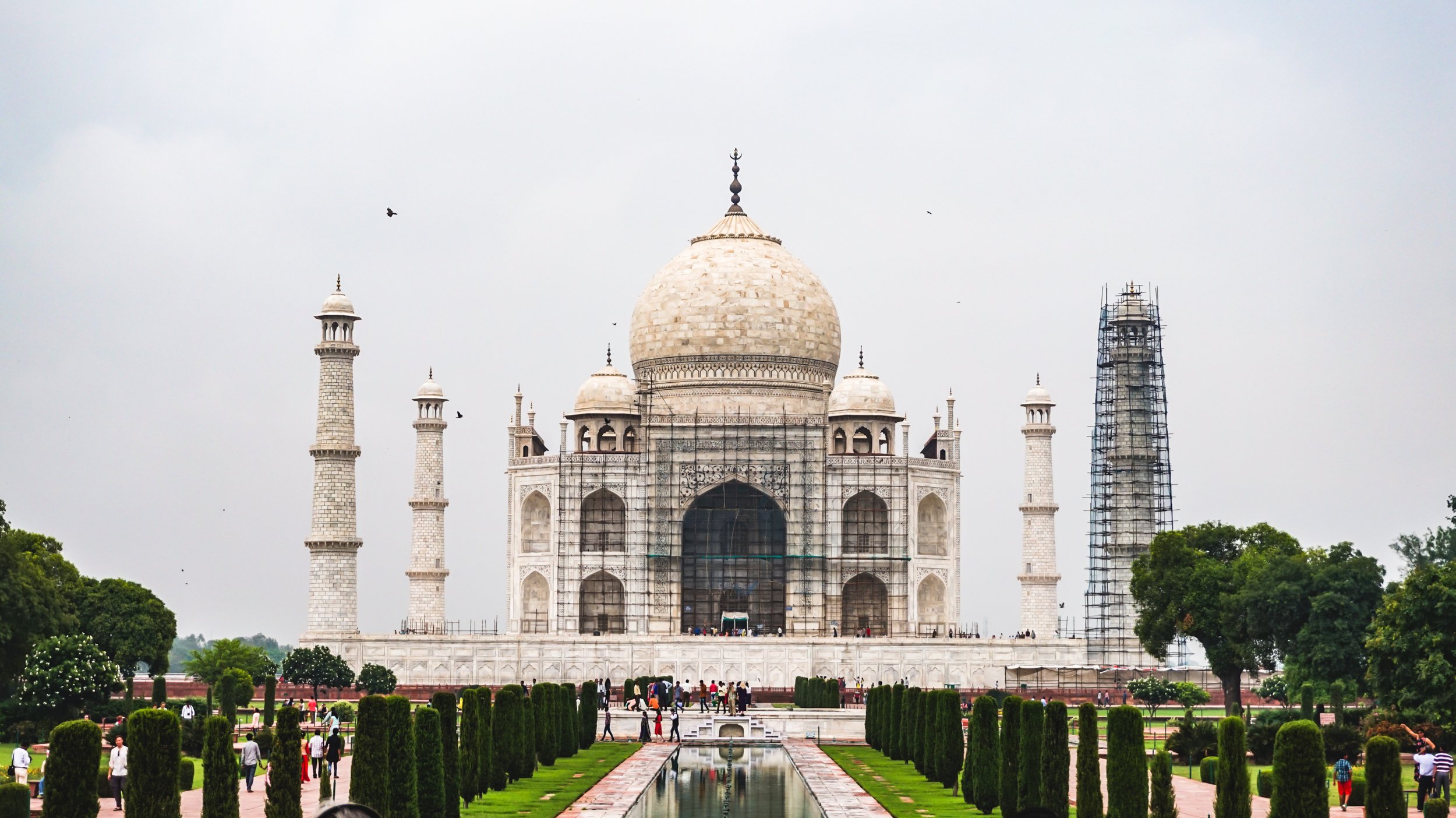
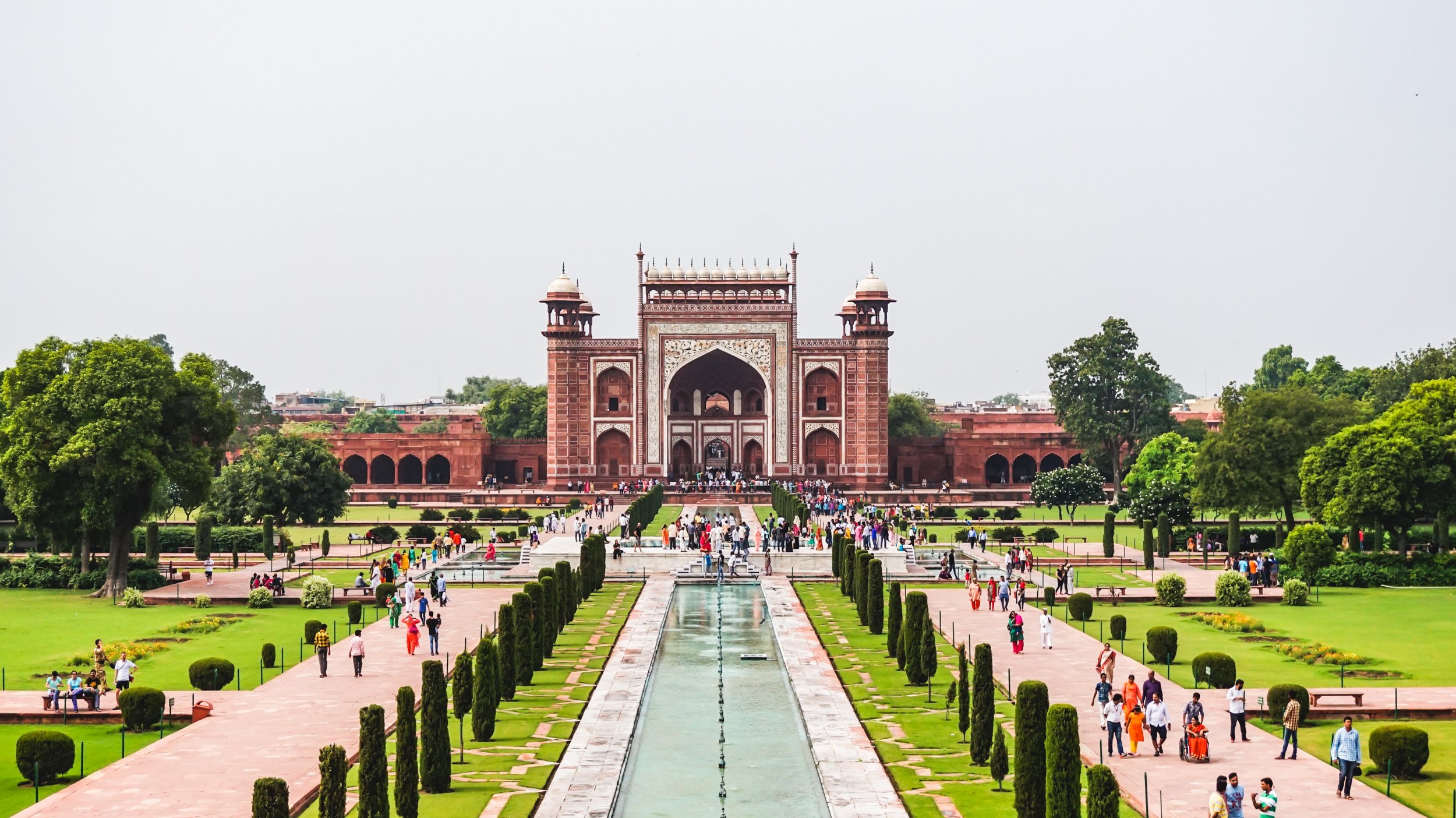
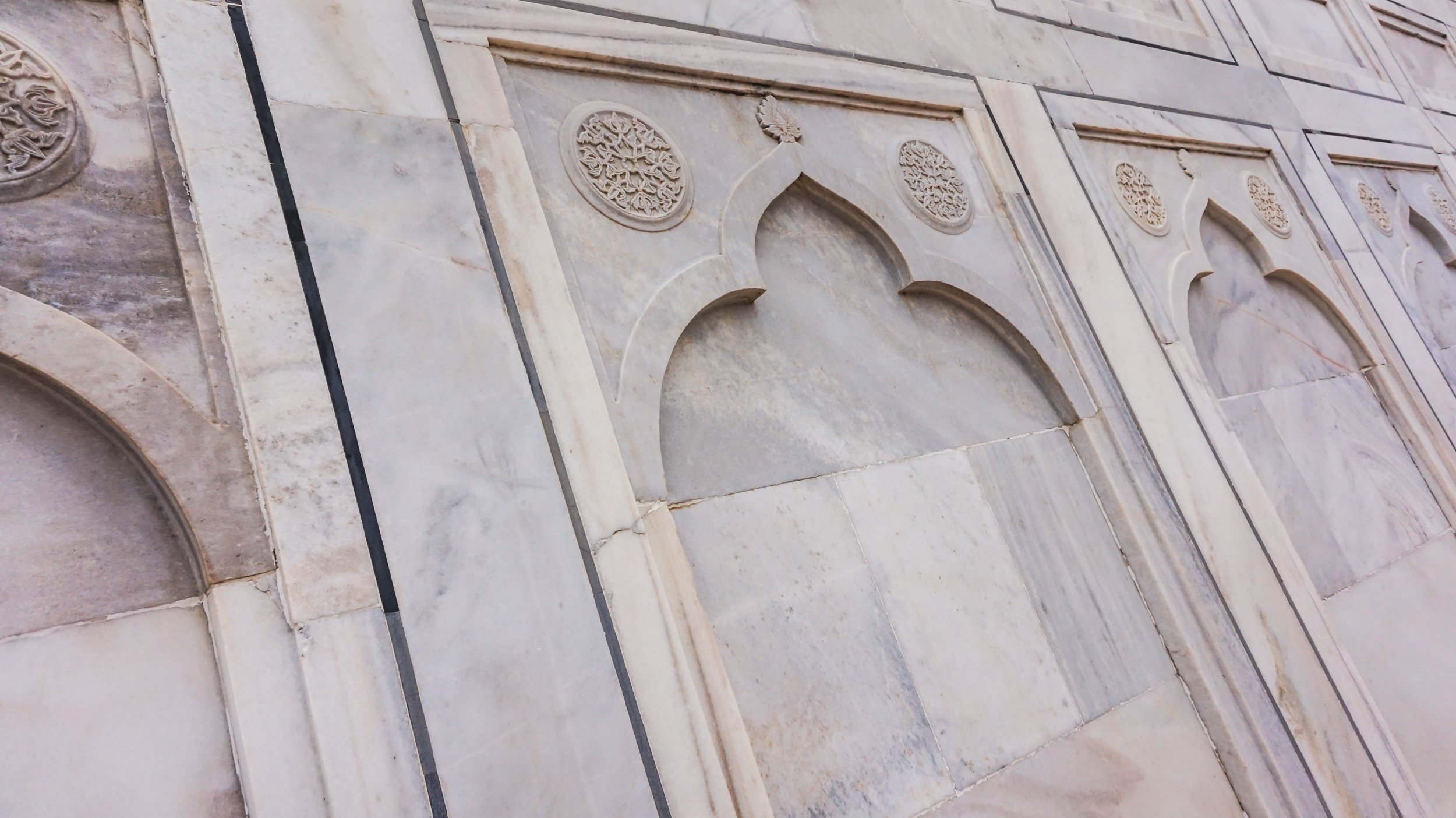
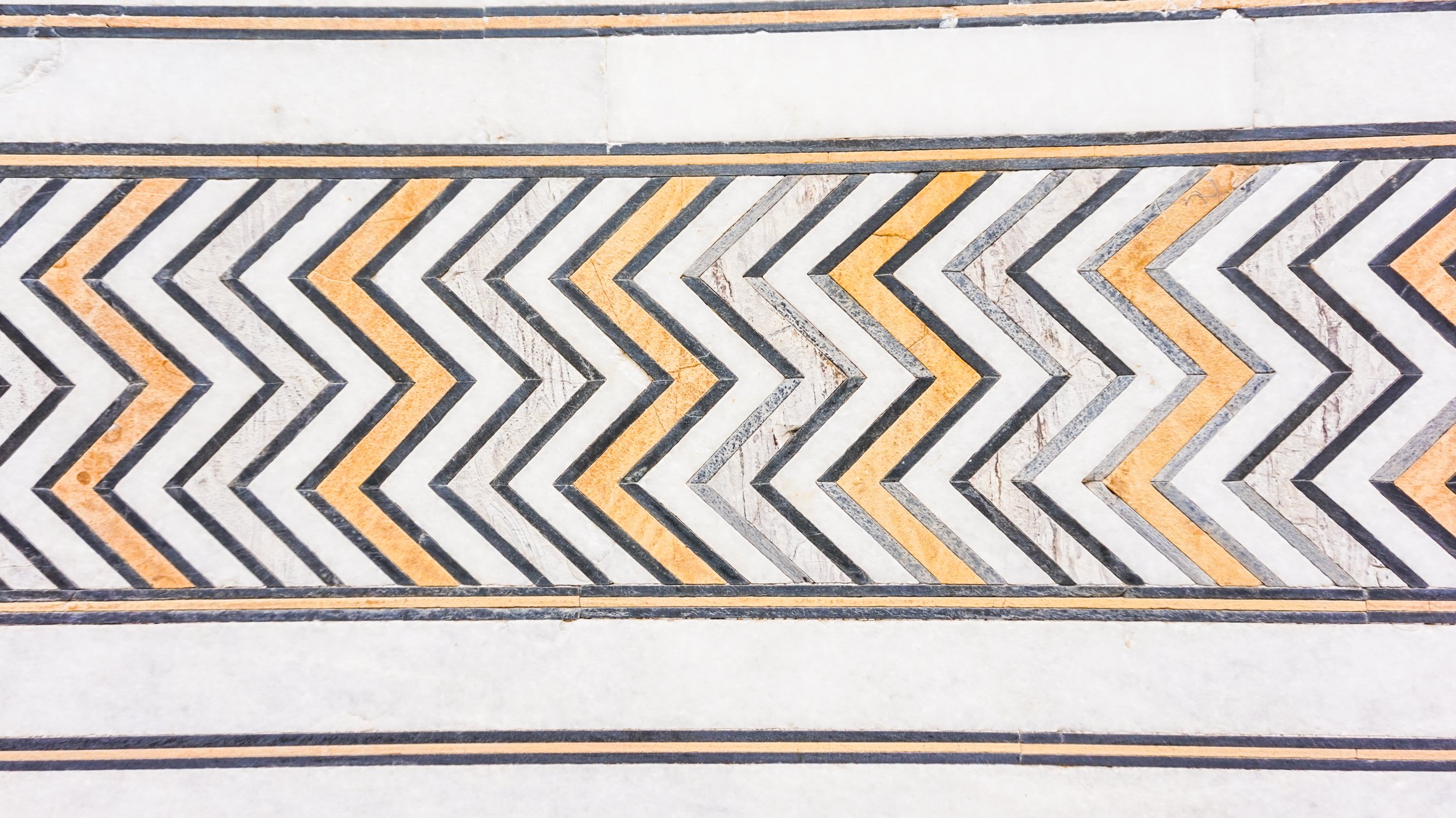
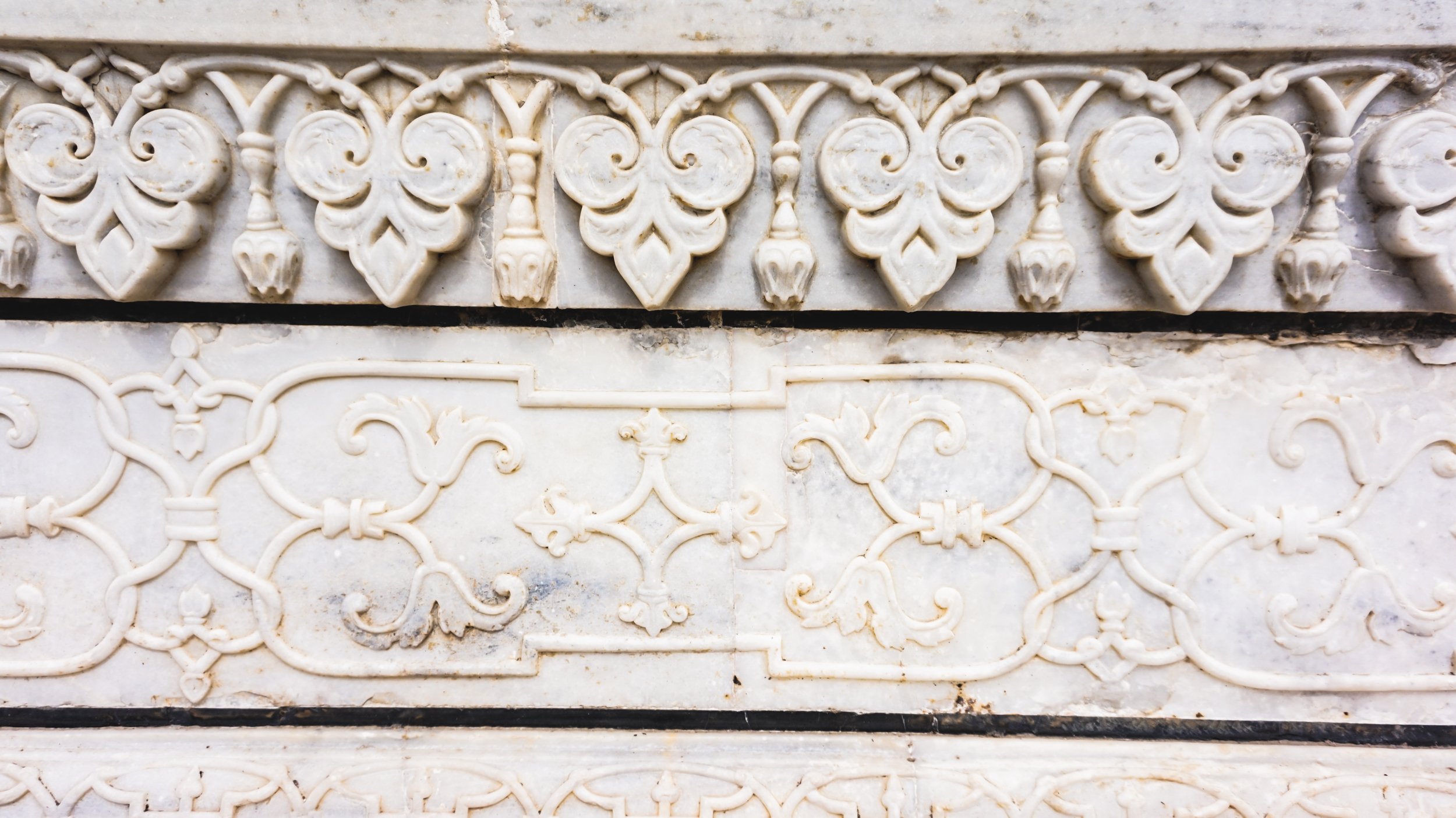
This shows how precious Mumtaz Mahal was to the Emperor as he did not stop at anything that could decorate and beautify her resting place. From beautifully gilded domes, spires, minarets to intricately carved lotus motifs and inlaid calligraphy Qu'ran passages dedicated to the passing of his wife.
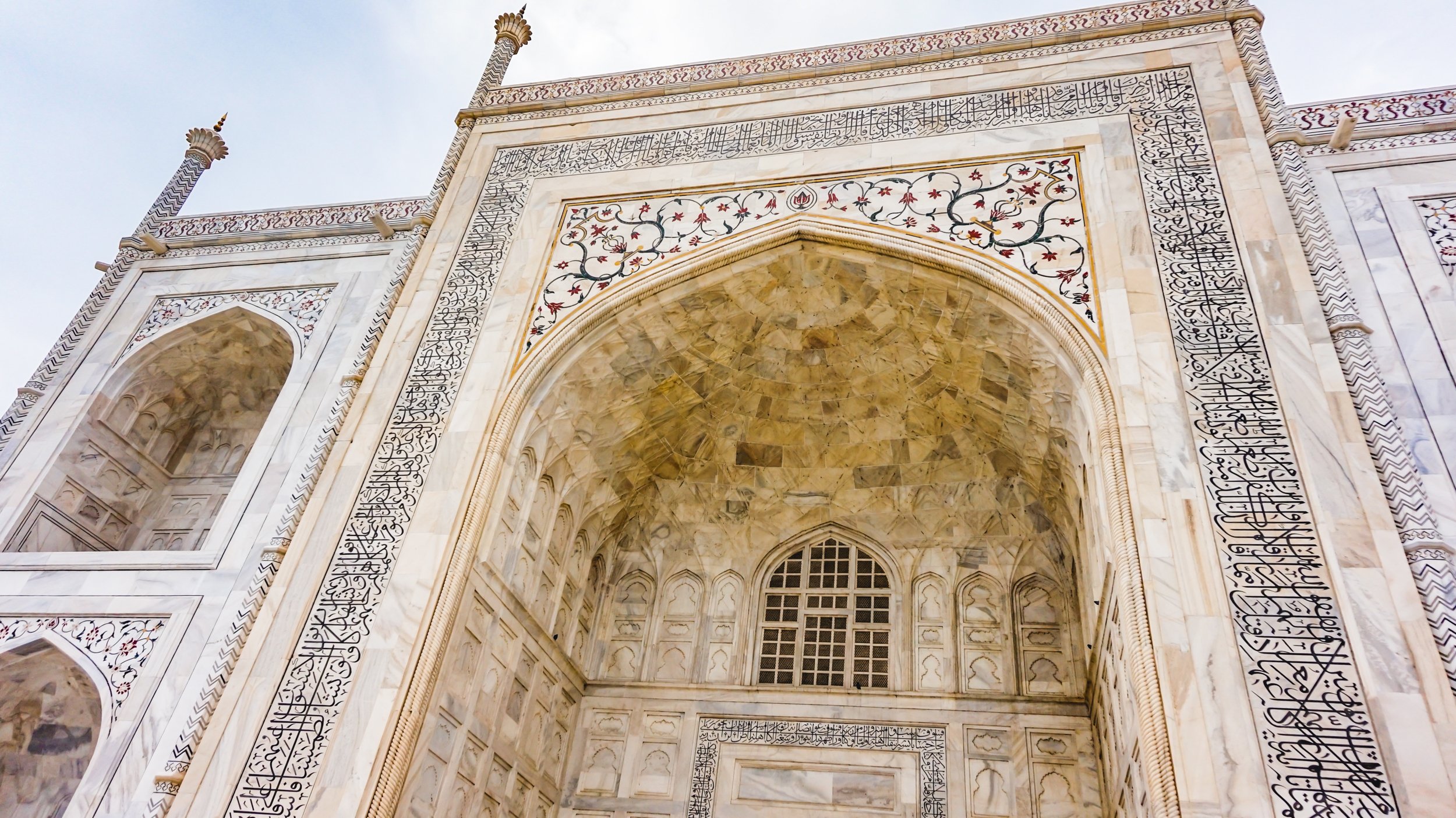
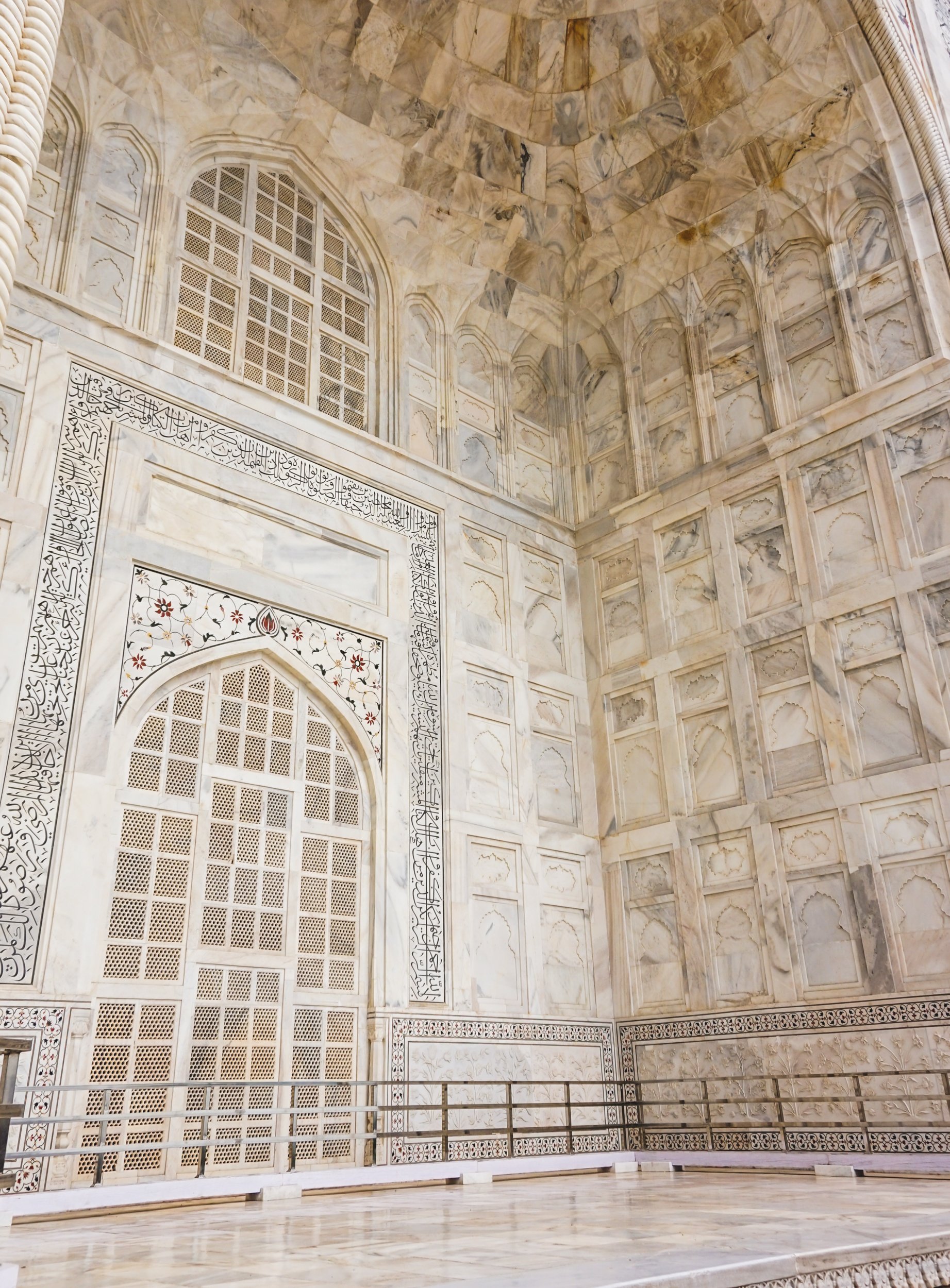
The beautiful gardens and fountain in front of the Taj Mahal were self-sustaining in the past, full of fruits and flowers, however, over time and over the colonization of the British, they were left neglected. Hence, now we just see a simple trimmed garden without its previous glory. But nevertheless, still beautiful.
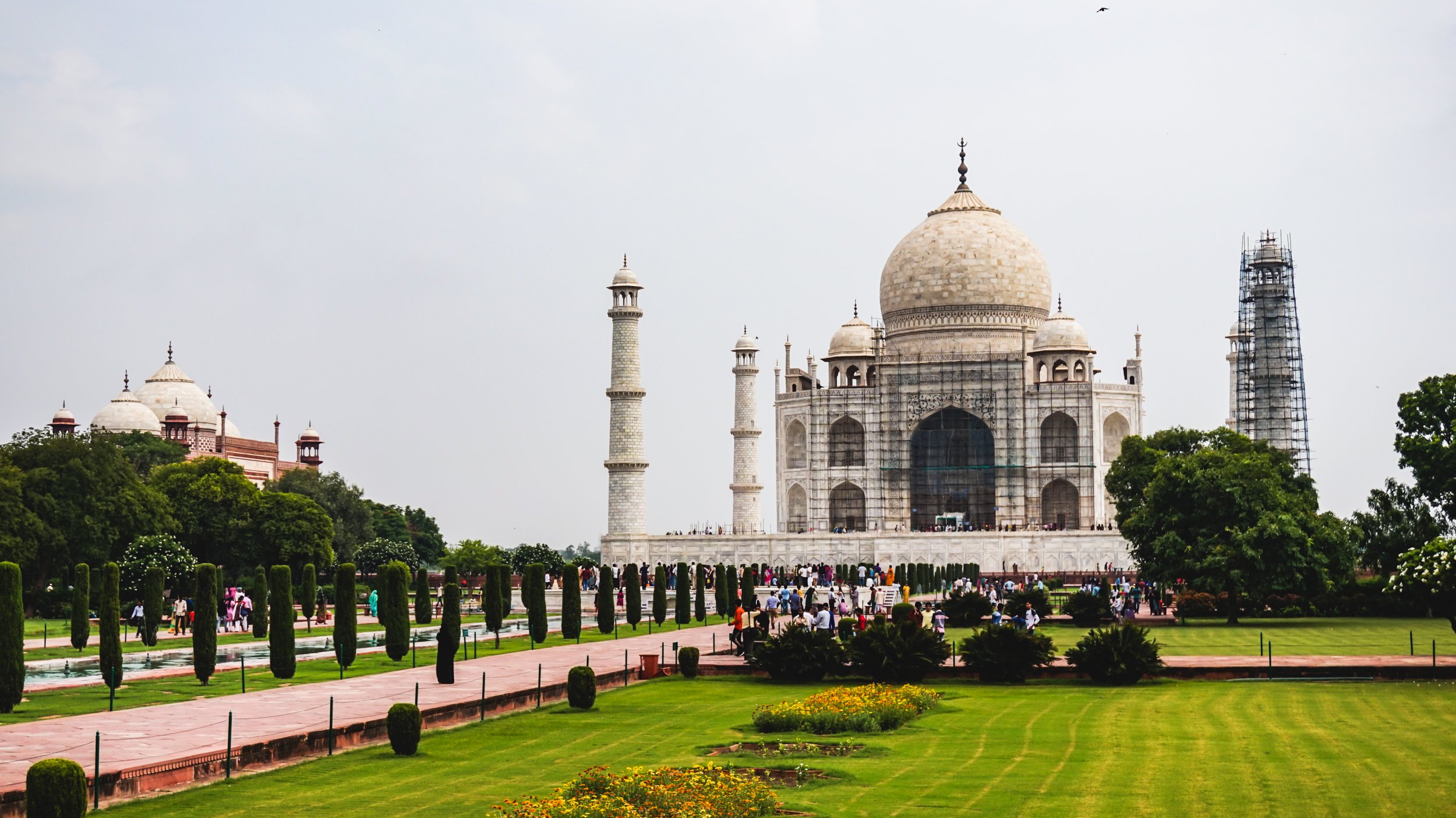
From the moment the historian started his pursuit of letting us understand the history until the moment I set foot inside and personally saw and touched the cracked marbles and missing Malachites on the wall that I somehow understood it more deeply the pain, anguish, and love that built Taj Mahal.
Have you seen our previous travelogs? ♥

